20 Tubulointerstitial Disease
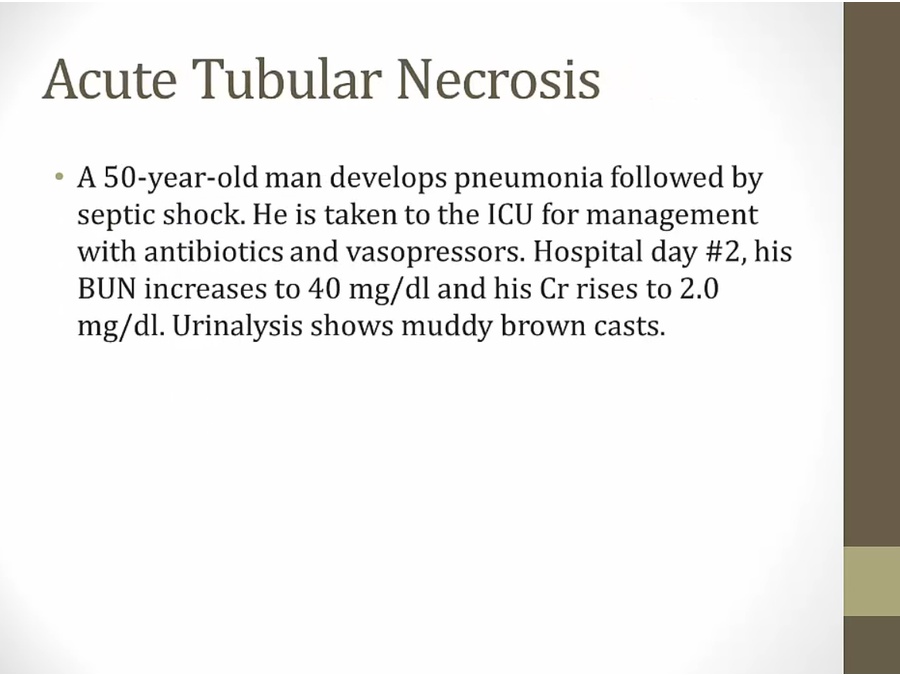
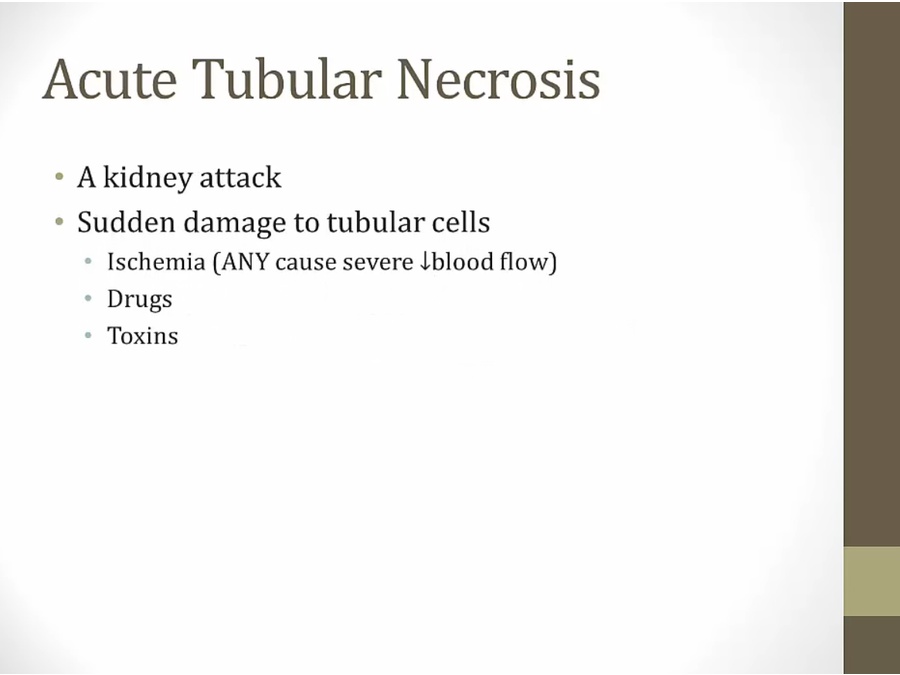
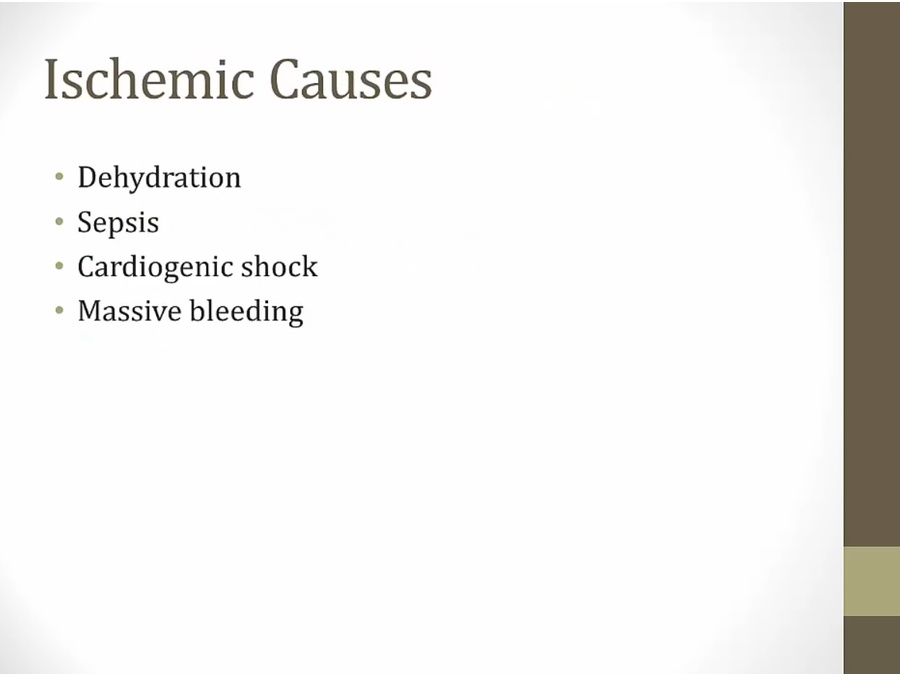
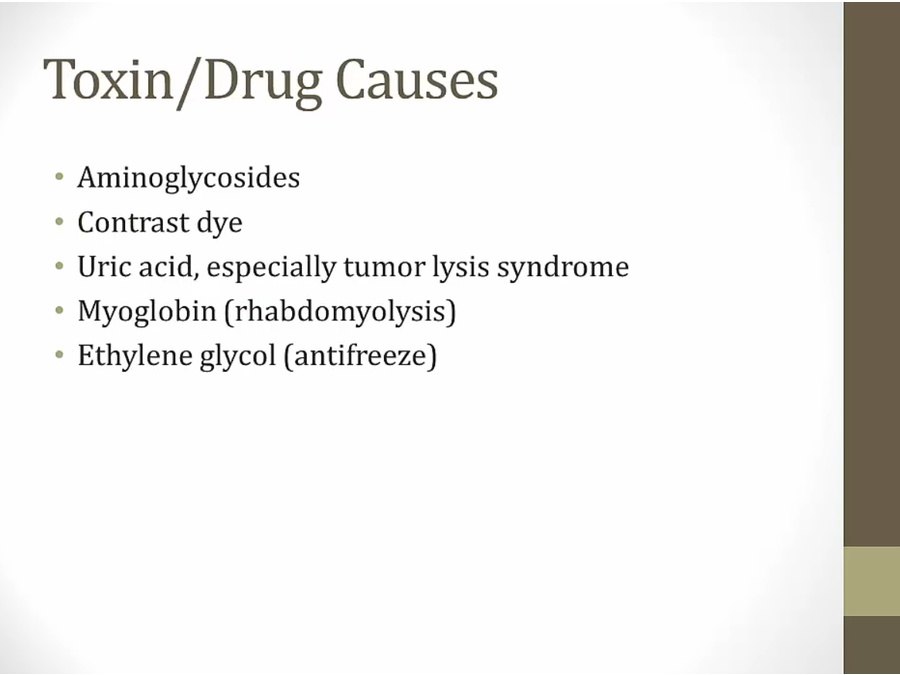
- cat scan
- multiple myeloma: bence jones protein
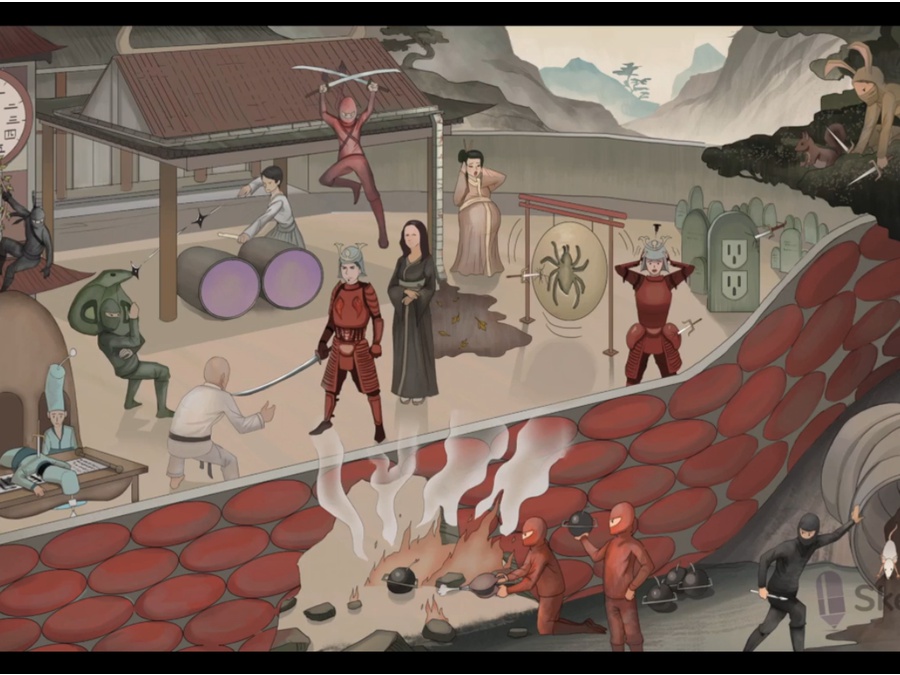
- Rusty downspout draining muddy water: acute tubular necrosis (ATN)
- muddy cast on urinalysis
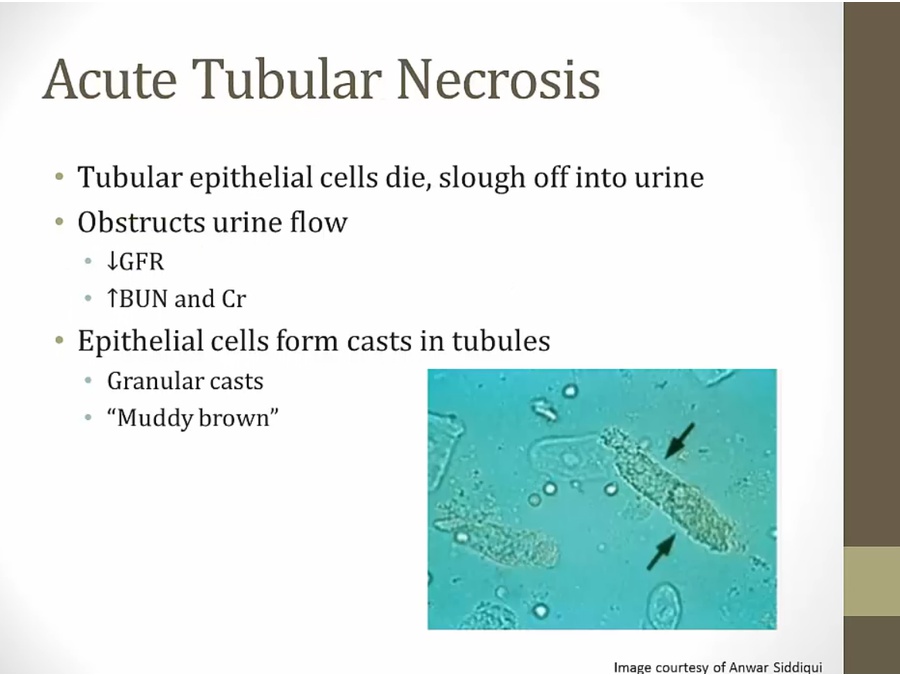
- epithelial cells squeeze through nephron and form casts
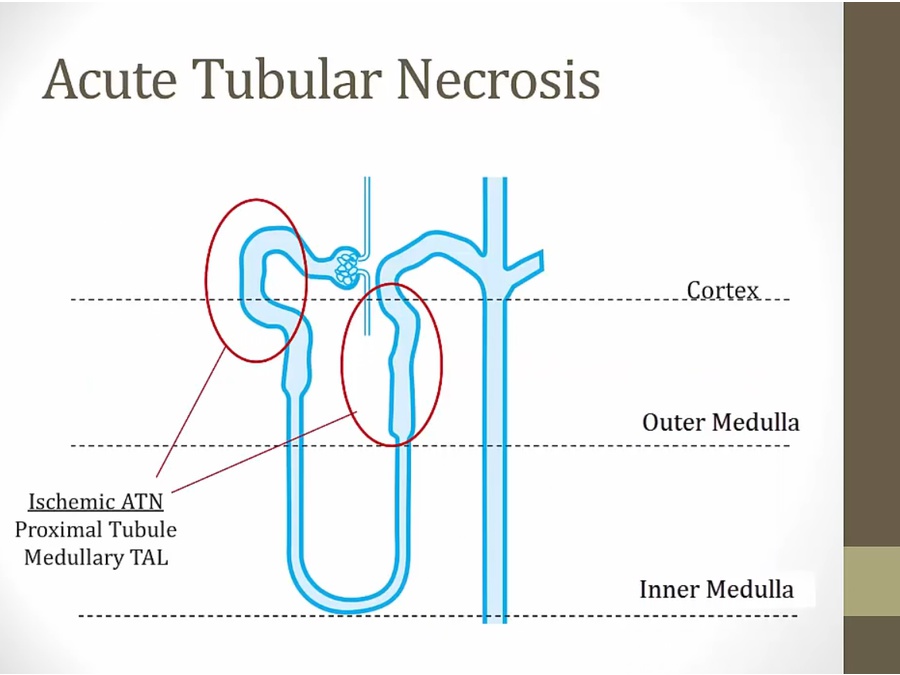
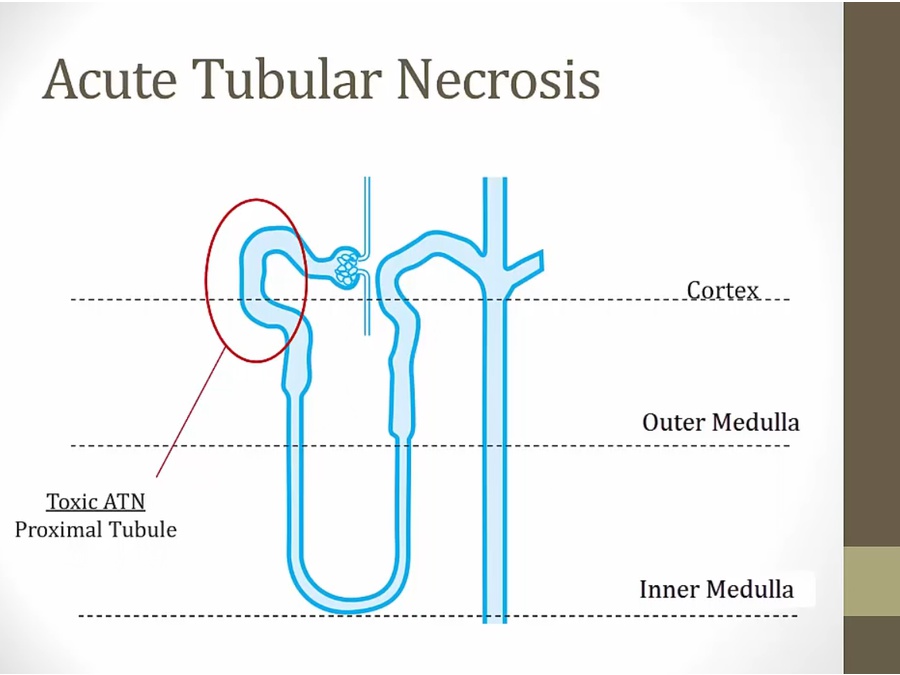
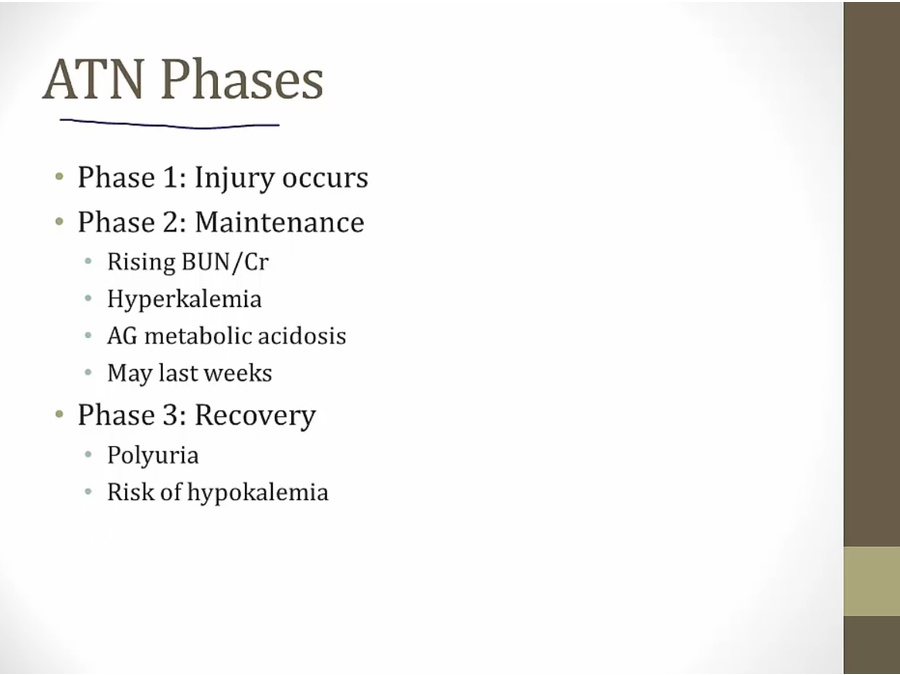
- phase 1: clinically silent
- maintenance: acute RF, a few days later
- metabolic acidosis: can’t excrete acids
- phase 3: fast urine output, drop K with urine
- know hyperkalemia in phase 2 and hypo in phase 3
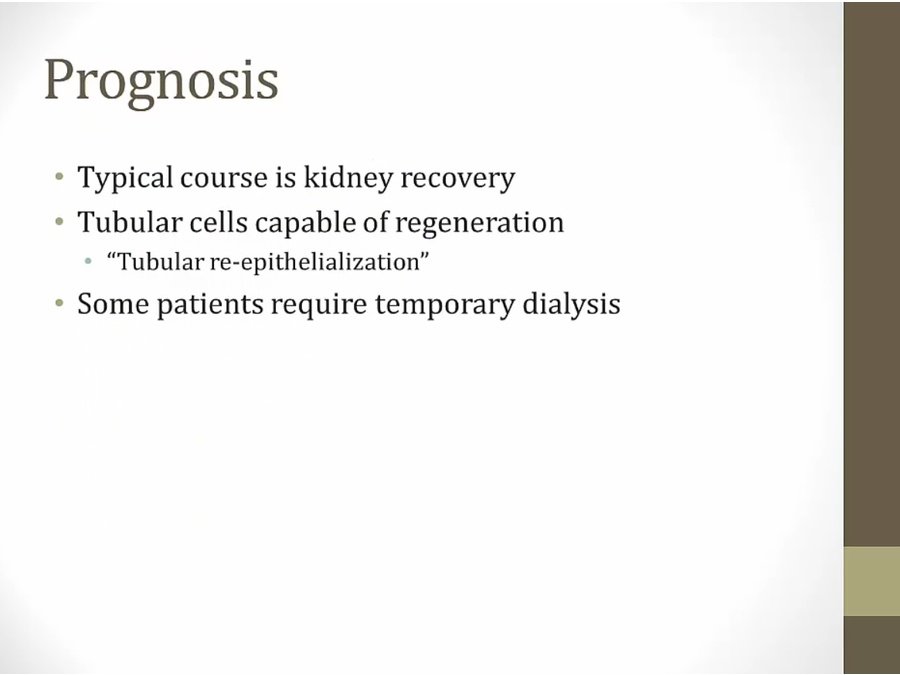
AIN
Acute
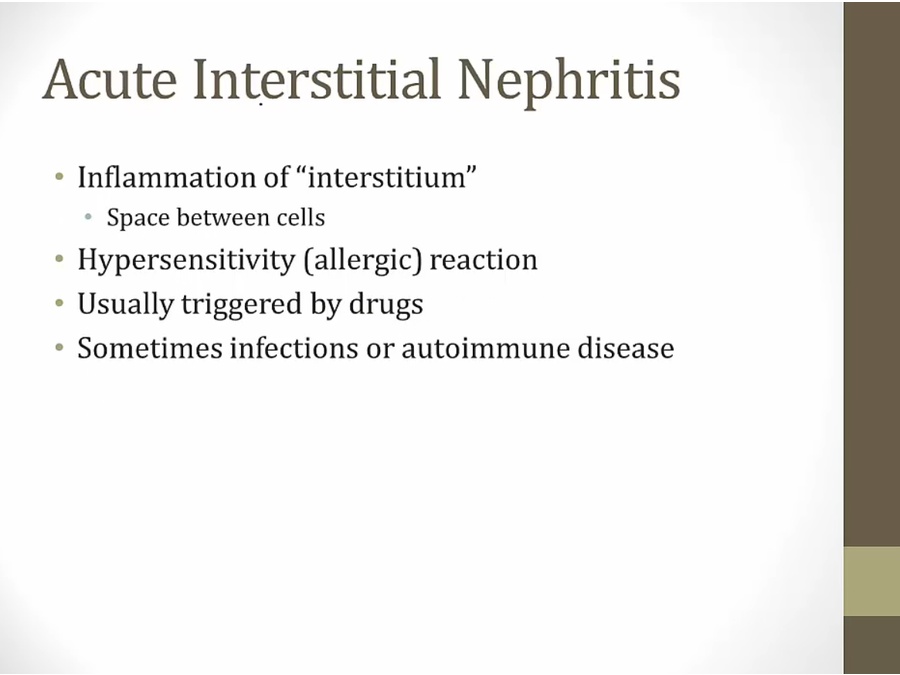

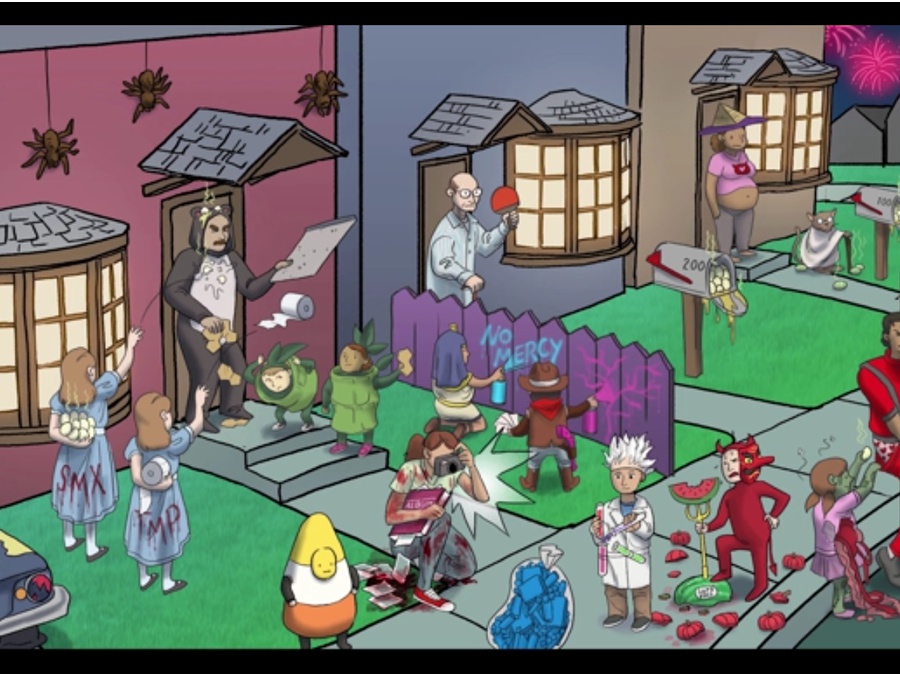
- Kidney bag with little blue candies: interstitial nephritis
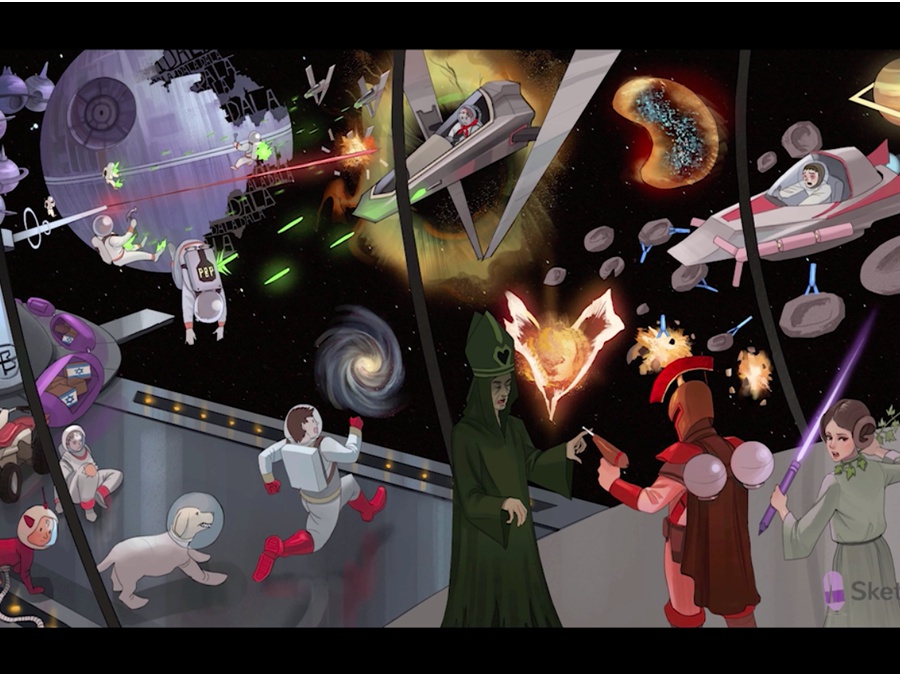
- Blue star clusters in kidney nebula: drug-induced interstitial nephritis

- Baseball-filled kidney containers: NSAIDs can cause acute interstitial nephritis
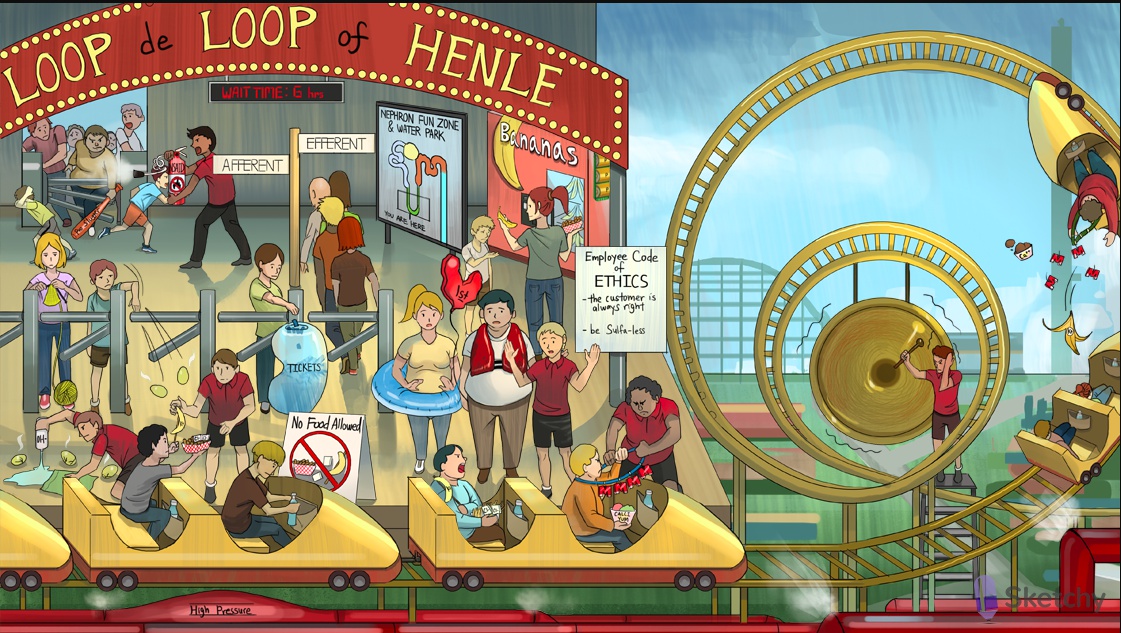
- Kidney filled with blue tickets: loop diuretics can cause interstitial nephritis (blue cells on histology )
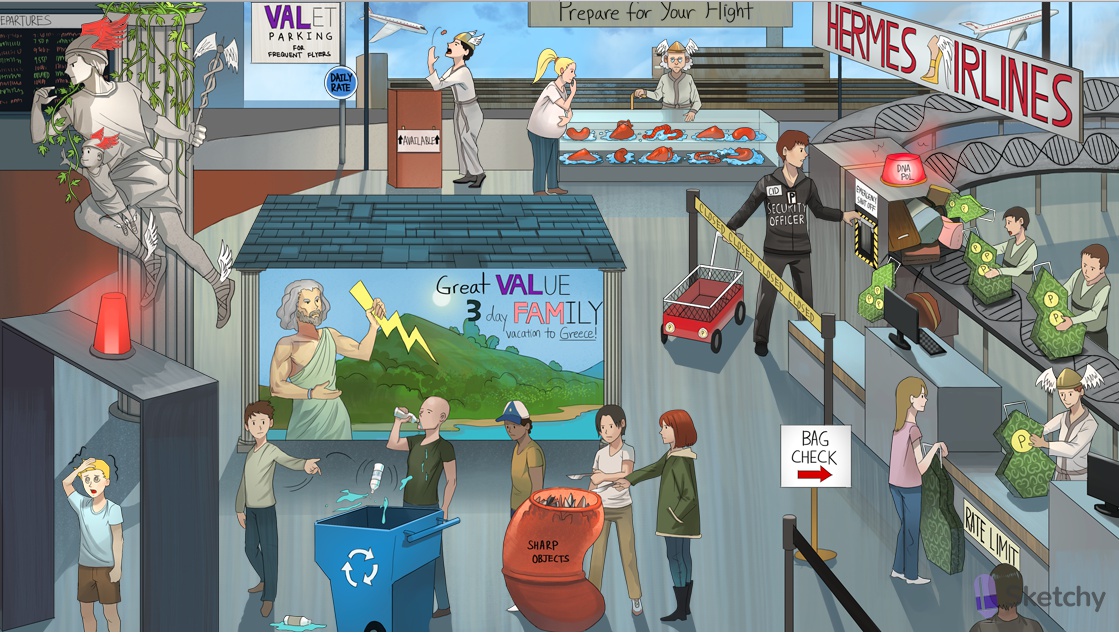
- Kidney sharps: IV acyclovir can cause interstitial nephritis or crystalline nephropathy
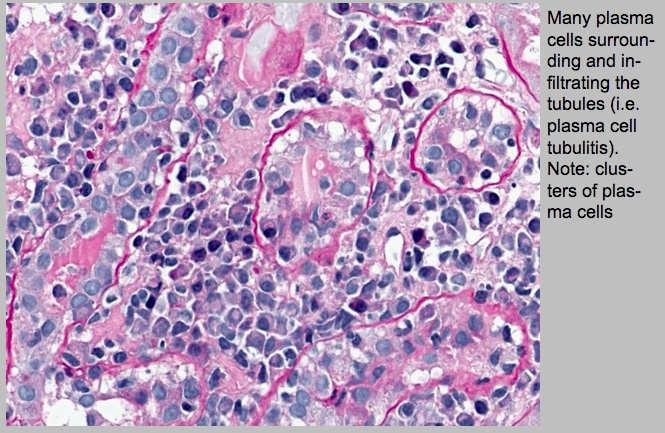
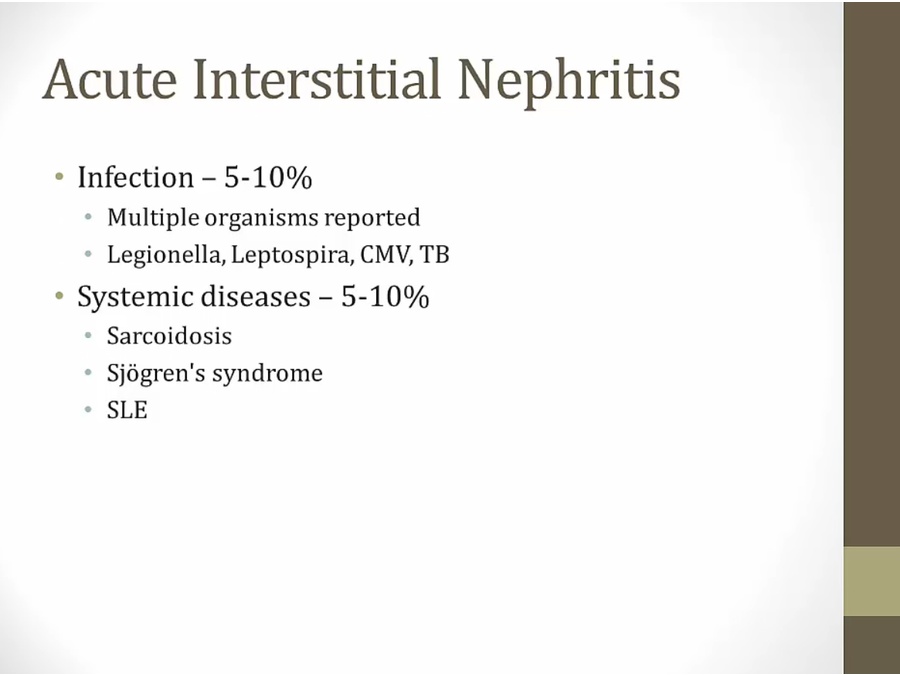
- don’t need to know individual bacteria
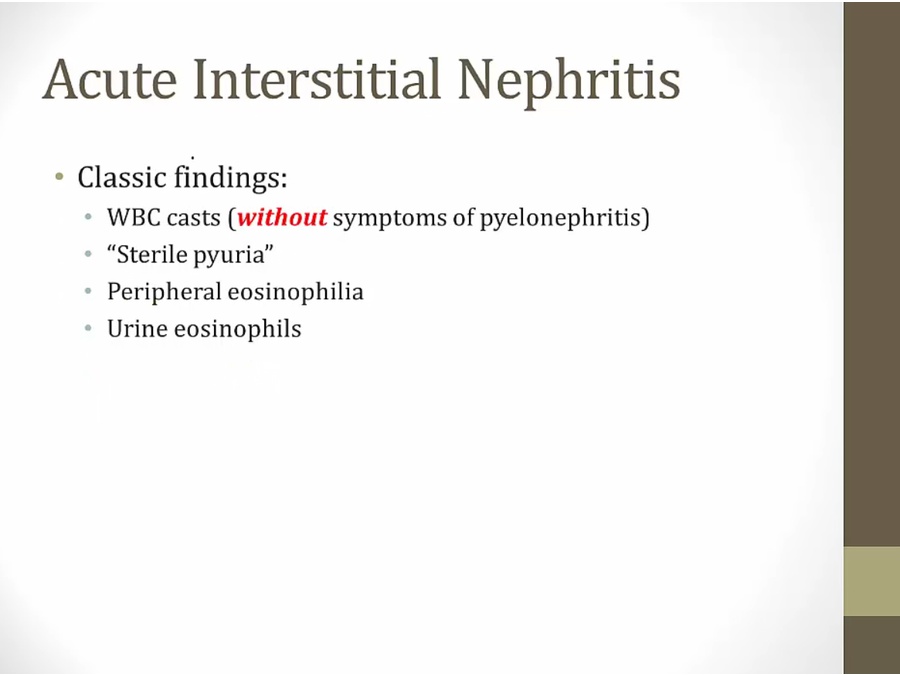
- WBC casts: inflammation of nephron
- no bladder symptoms (frequency, urgency, burning urination) association with pyelonephritis (ascending infection from bladder to kidney)
- eosinophilia: allergic reaction
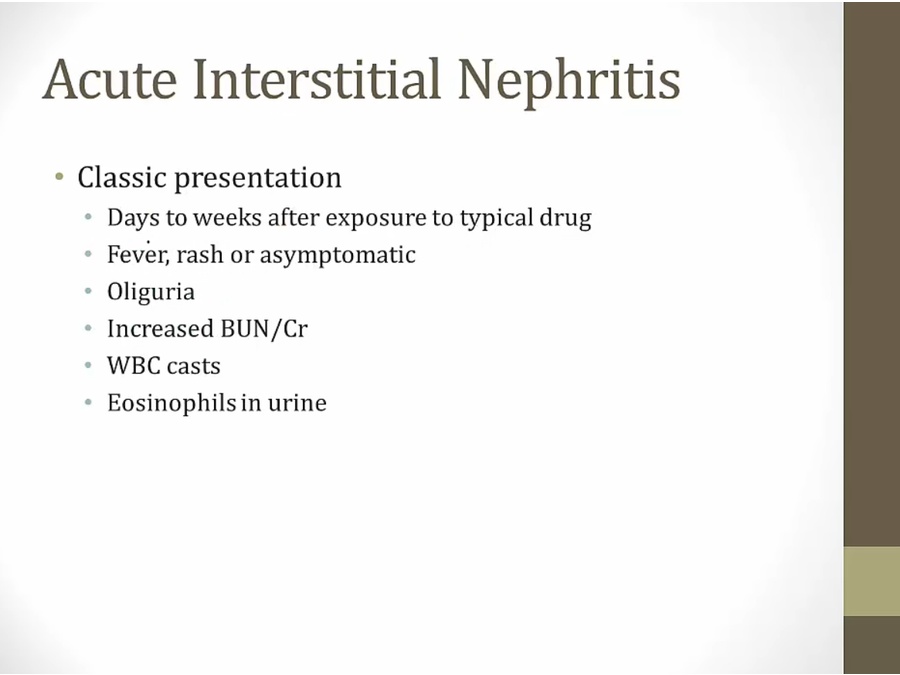

Chronic
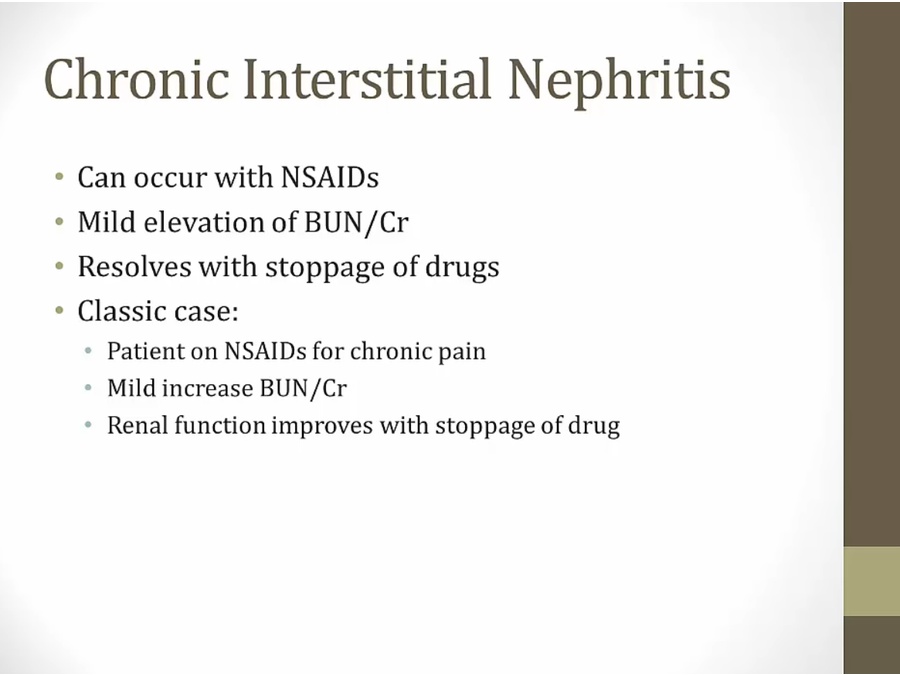
NSAIDS
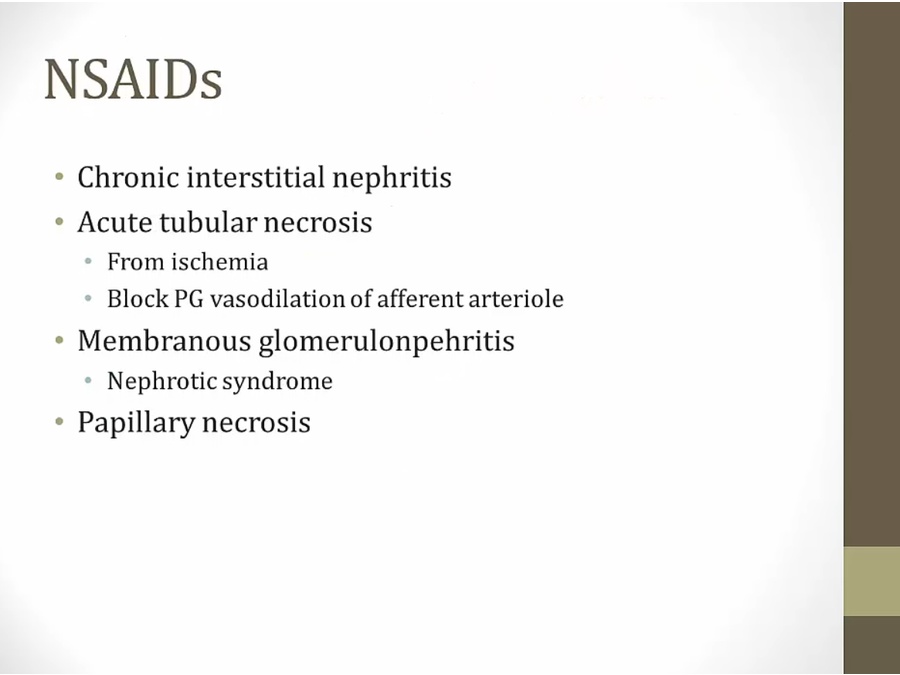

- Constricted proximal end of hose: NSAIDs cause afferent arteriole vasoconstriction, decreasing GFR
- Bursting from high pressure: NSAIDs can increase blood pressure due to COX inhibition in the kidney, decreasing sodium excretion
- Baseball-filled kidney containers: NSAIDs can cause acute interstitial nephritis
- Sloughing off cleat spikes: NSAIDs can cause renal papillary necrosis (sloughing of renal papillae)
- Elevated “lift-ium” balloons: NSAIDs can increase serum lithium concentrations
- Depleted mineral mine: NSAIDs can cause hypoaldosteronism (decreased mineralocorticoids)
- Big K: NSAID induced hypoaldosteronism can cause hyperkalemia. Type 4 RTA
Papillary Necrosis
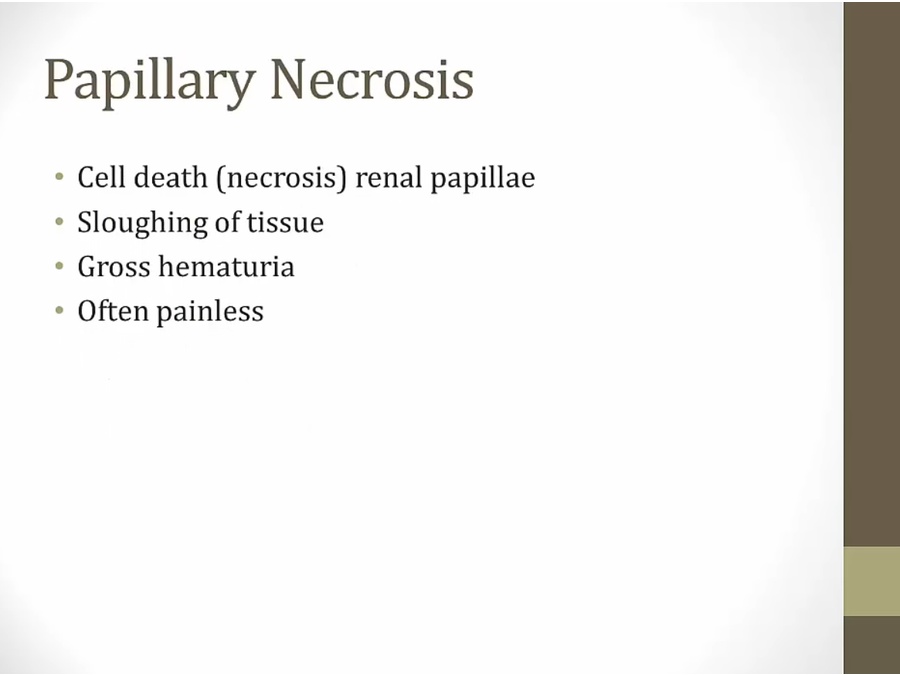
- Gray-white or yellow necrosis of the distal two-thirds of the renal pyramids is seen macroscopically and corresponds microscopically to coagulation necrosis with preserved tubule outlines; cortical surface scars can develop subsequently as inflammatory foci are replaced by fibrous depressions.
- Symptoms are due to sloughed papillae (sometimes visible in urine as tissue flecks) and include dark or bloody urine and colicky flank pain (due to ureteral obstruction).
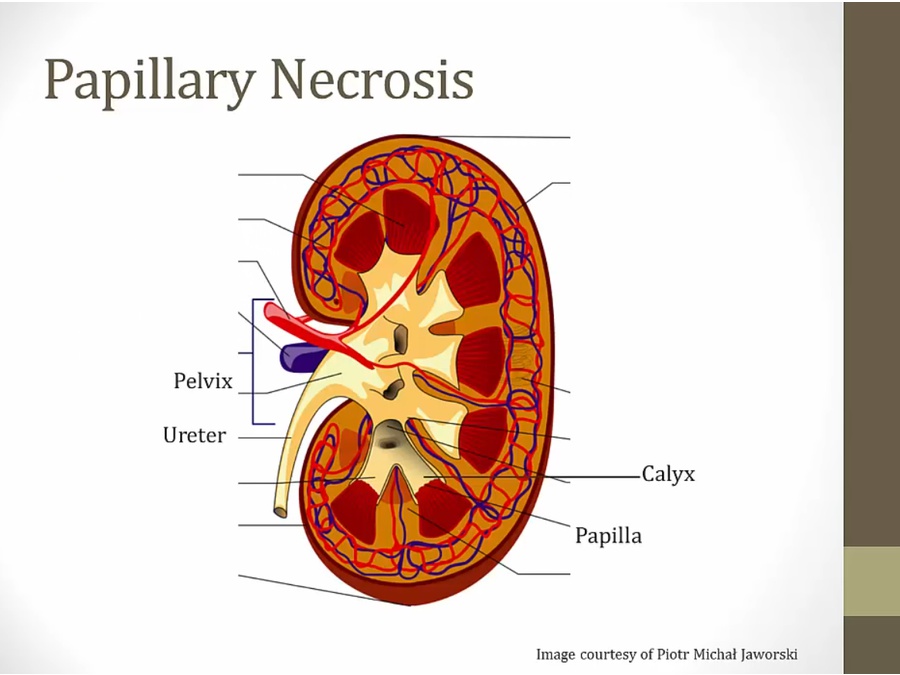
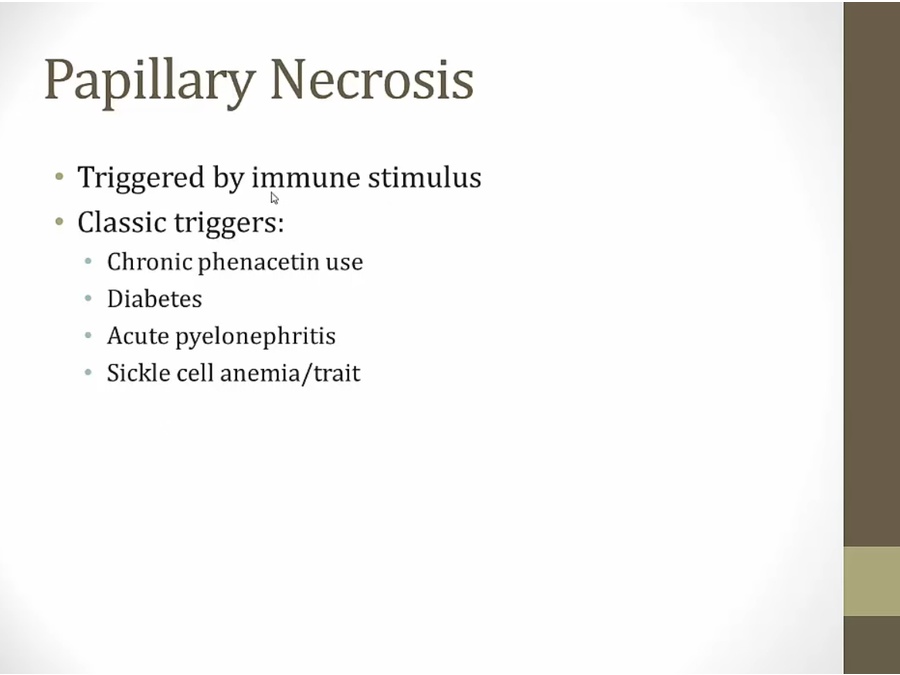
- phenacetin: analgesic no longer used

- Baseball-filled kidney containers: NSAIDs can cause acute interstitial nephritis
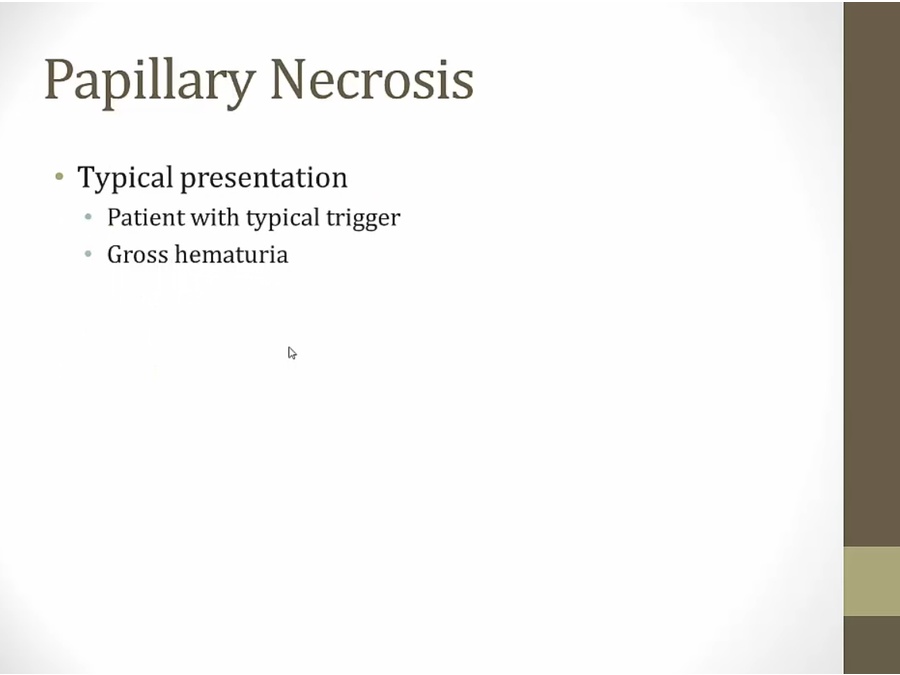
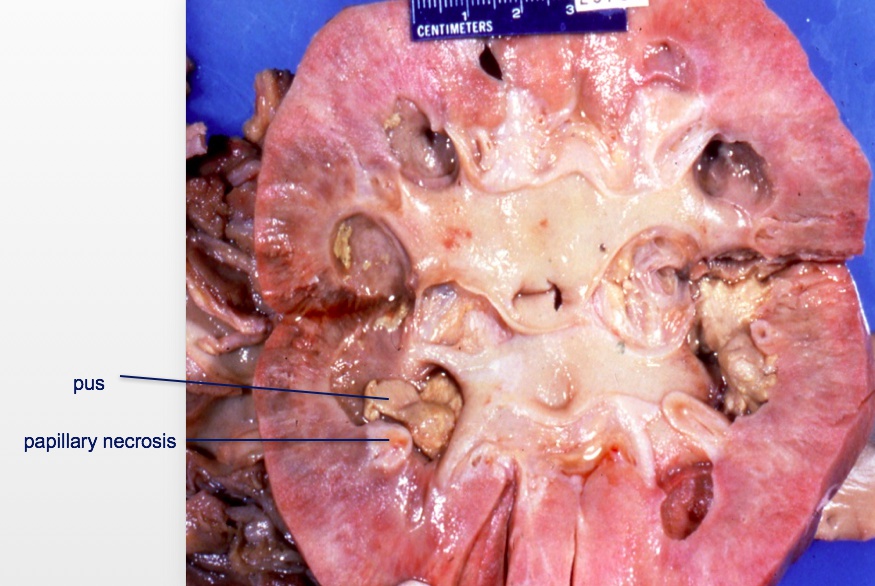
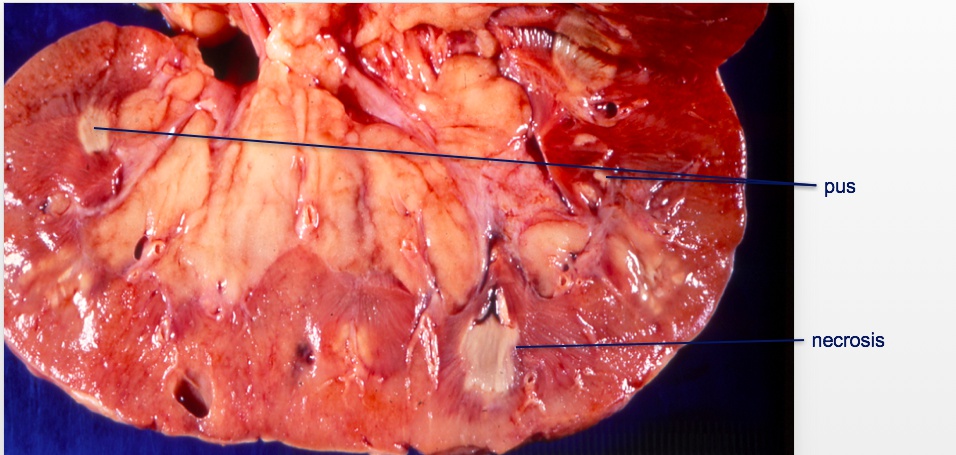
Cortical Necrosis
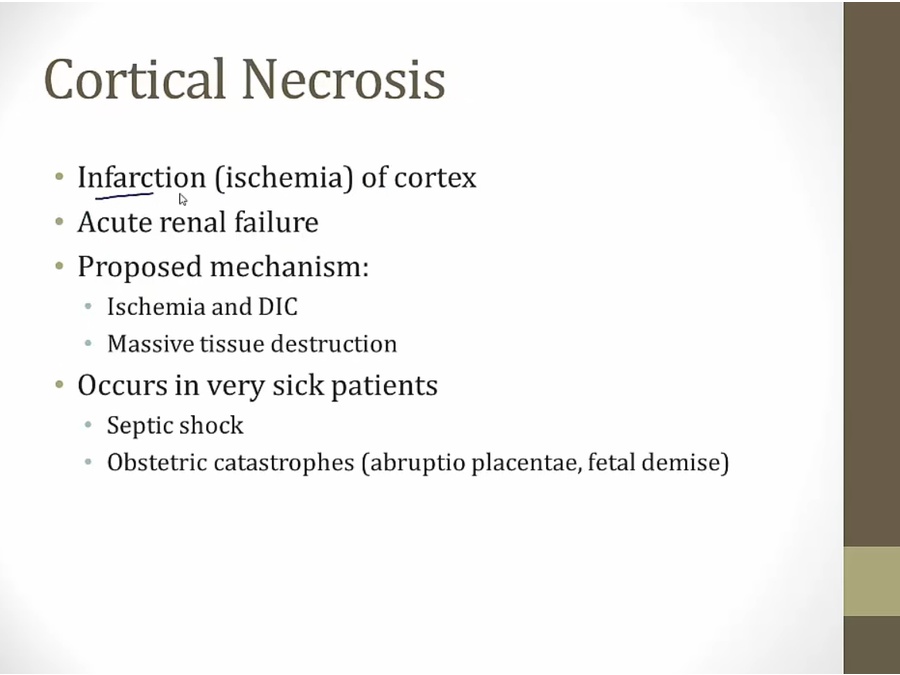
- i in cortical stands for ICU and DIC: critically ill
- caused by massive tissue destruction
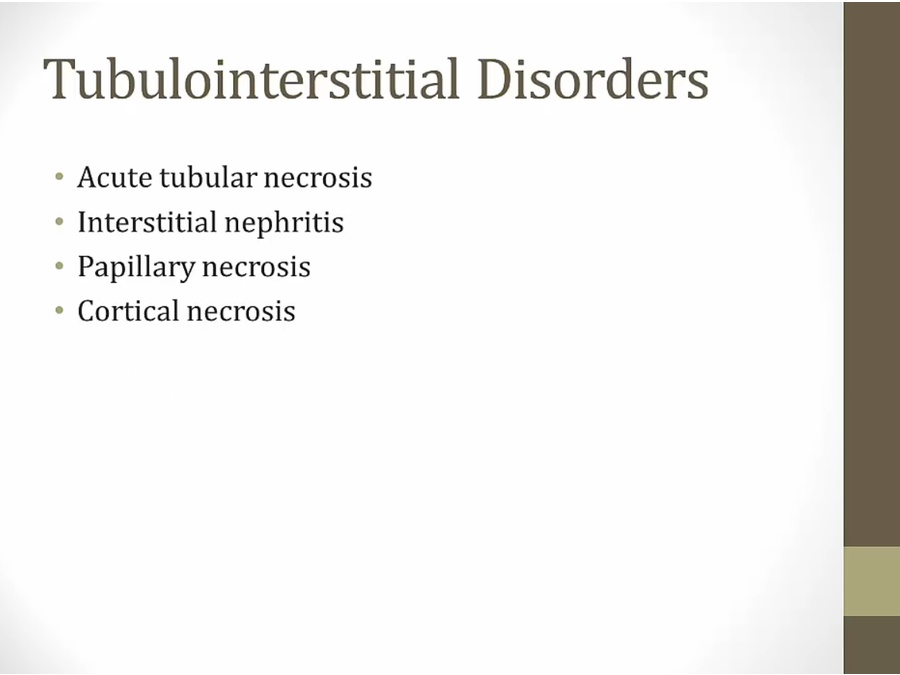
- kidney diseases as either glomerular diseases (biopsy) or tubulointerstitial diseases (clinical diagnosis)
Links to this note

































